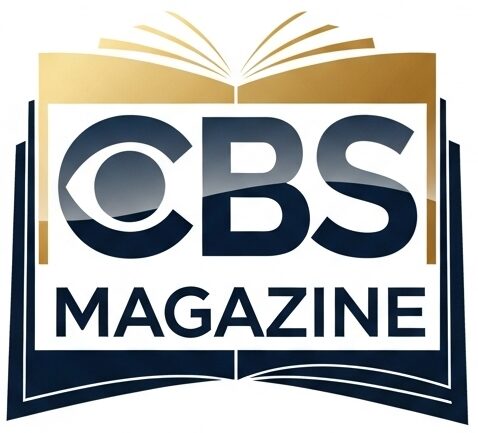What may amount to the toughest challenge against the plans of President Donald Trump to impose tariffs by levying taxes on imported goods without the expressed consent of Congress is a case he has lost in lower courts and has therefore appealed to the Supreme Court. Meanwhile, sources say his aides are looking at other ways through which the tariffs can be imposed. It matters since tariffs have been Trump’s main theme when speaking ‘tough’ in different trade deals with countries like China, Russia, or others.
Tariffs are extra taxes on imports. Trump has used them as a way to protect American jobs and as a tool to make other countries change their trade deals. He put most of the tariffs using the International Emergency Economic Powers Act (IEEPA) from the 1970s. Even though this is the same law that gives the president power in emergencies, courts say he does not have the power under it to set tariffs by himself.
The story began when Trump put lost in the lower courts. A big appeals court ruled 7-4 against him. They said IEEPA gives the emergency powers, but not for tariffs or taxes. Trump asked the Supreme Court fast to review this. His friends think the Supreme Court will be with him because some judges were picked by Trump. They think the court wants to give the President more power, not less.
But suppose the Supreme Court says “No”? Well, Trump has some backup plans. “They’ve been talking about this for months,” he said. The most influential individual advocating the original approach was trade advisor Peter Navarro. Now, they are looking at other statutes wherein Congress has already given the president some tariff power.
Those” other options could still let Trump’s tariff drive stay alive. Foreign lands aren’t shifting their plans yet since they know Trump can sidestep the court’s choice. One more land’s official shared that it doesn’t make talks different. Trump’s team will also claim that from a national safety view, tariffs are needed. They have used tariffs before as a path to stop wars or push for peace in Russia, India, and Pakistan.
Litigation, not that deals can be struck fast amidst all this uncertainty slows the pace of negotiating trade. All things interconnect — the courts, new investigations, and the tariffs themselves.
Tariffs play a very big role in Trump’s plan to make America great again in the process of world trade. He intended that better deals would bring more jobs for U.S. workers. However, not being able to implement it fully because he is being struck down by the courts. The main elements of the plan are as follow:
- The Original Law – IEEPA: This law from the 1970s permits action by a president during national emergencies. Trump used it for speedy tariffs. But courts say no tariffs under it.
- Rulings So Far: Lower courts blocked Trump’s tariff wall. The appeals court said that the law did not include the power of tariffs. It was a 7-4 decision so that it showed it’s close.
- Hope in the Supreme Court: Trump picked three judges there. Allies bet they’ll rule for more presidential power. The Court may view national security reasons to allow it.
- Public pressure If courts say no, Trump will tell the people why tariffs are essential for security and employment.
These tools are not as fast as IEEPA, but they belong to IEEPA’s family. Here is a quick rundown of some major options:
- Trade Expansion Act of 1962, Sec. 232- This is the first contingency. It enables the President to adjust duties whenever he deems that imports are in any way prejudicial to national security. It has to be initiated by the Department of Commerce. Most existing tariffs on steel and aluminum and automobiles have been imposed under this provision and will not be affected by the IEEPA ruling.
- Section 301 of the Trade Act of 1974 empowers verification to see whether other countries are breaching rules of trade. The U.S. trade rep can take action as the president may direct, including tariffs. However, how it fits presently with tariff powers in question is not clear.
Rules. Section 232 mandates an inquiry. That consumes time. Section 301 necessitates evidence of unfair trade practices being conducted against the United States. They’re not “wave-of-the-hand” like IEEPA, but they give real power.
Trump has been leaning hard on countries with tariffs. For example, on steel and cars: to keep our strong U.S. factories, he has said foreign officials say negotiations continue because Trump always finds a way.
Challenges Ahead
There are problems even with backups. In the case of legal fights, they could be protracted. Logistical issues in the establishment of investigations and proof of national security threats would detract countries from moving fast on deals. ‘It’s all intertwined,’ said a person close to the trade talks. ‘You’ve got court battles that get mixed up with new probes over at Commerce. Negotiators are trying to wrap up agreements.’
Trump is a rash man. He wants things done fast. He thought tariffs would bring about immediate adjustments from a country. Delays mean slow progress.
The Trump team is hopeful still. They see the Supreme Court as amiable. If not, more laws keep the fight going.
Effect on World Trade
It is a worry for all. Tariffs do affect prices in the shops – they can be inflationary and also in the protection of jobs. The main pressure is on countries like China. Trump used tariffs to stop ‘bad’ trade practices.
Foreign views: Nothing big, as they expect Trump to push tariffs anyway.
At last, it proves how presidents use old laws for new goals. Trump’s style is bold-actions and quick for big wins.
The tariff story is one that is far from being concluded, only in this case the Supreme Court will referee and possibly shape U.S. trade for years.






















